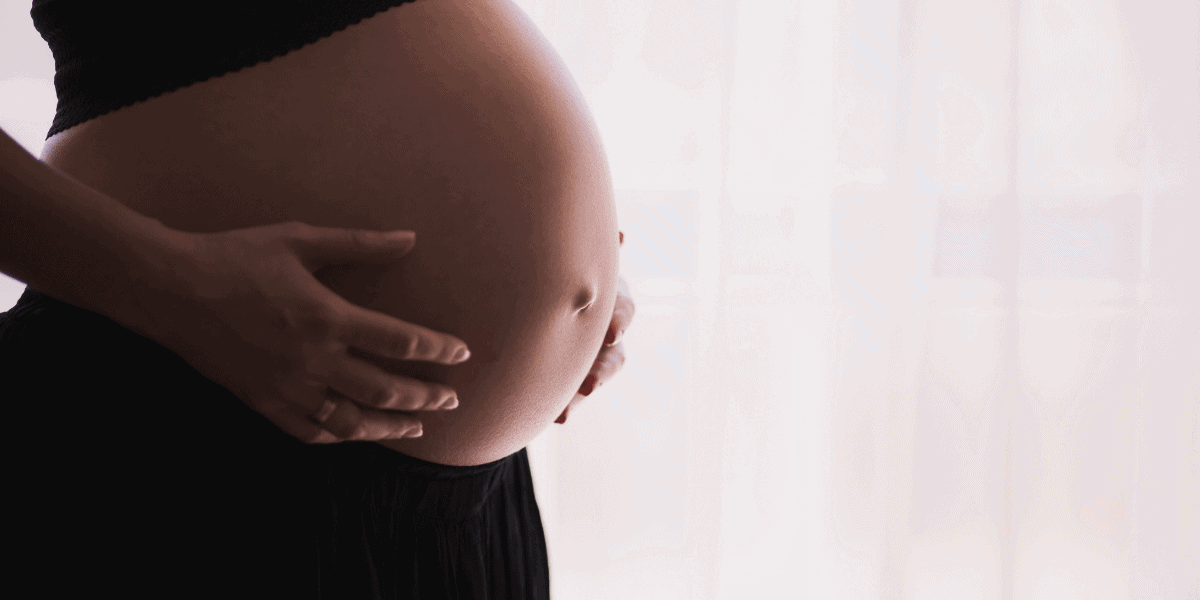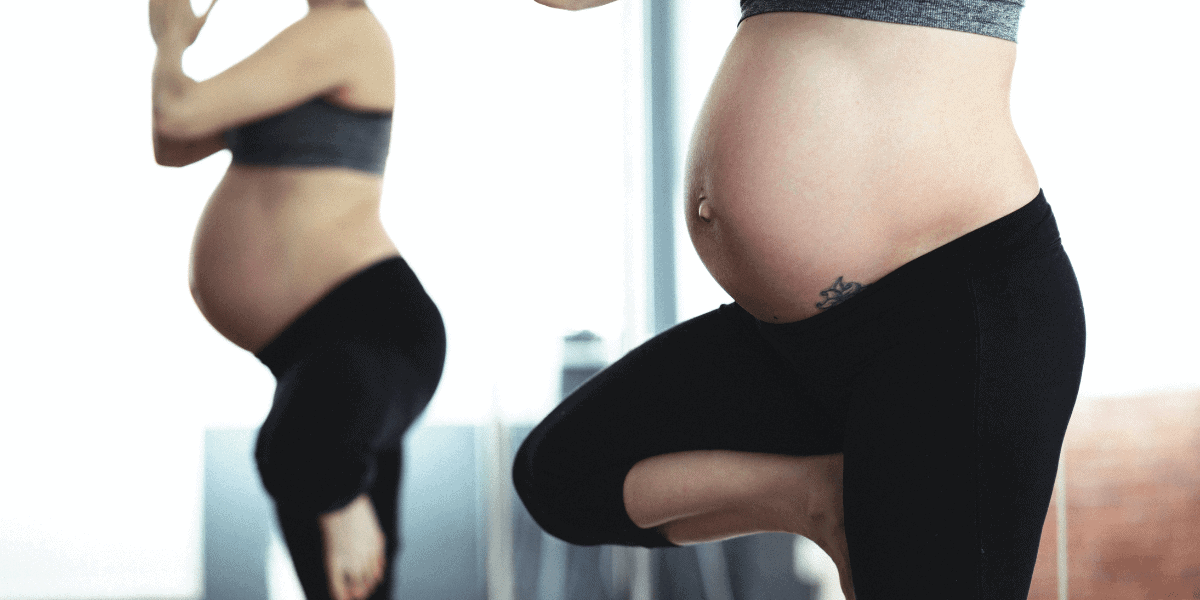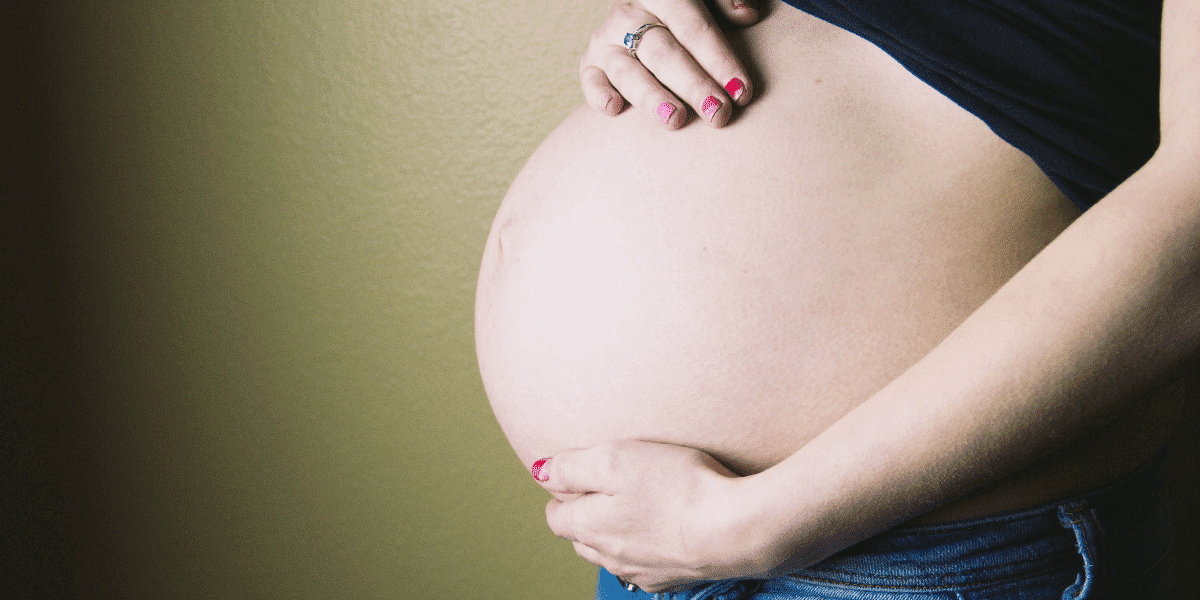When a pregnant woman is close to her due date, her mind automatically goes to countdown mode. There is a certain amount of anticipation in the heart of the expecting mother as well as family members.
For those who have been pregnant before, anticipation may not be as heightened as it would be for first-time mothers. At this point, most people feel all the excitement, fatigue, nerves, and so on.
Some may even be over being pregnant that they just can’t wait to pop their bundle of joy.
As an Amazon Associate, I earn from qualifying purchases. The links below maybe affiliate links. Please read my disclosure policy for more information.

A pregnant woman at this age and time does not have to stay with the uncertainty of when the baby will come out. This is because usually, a due date is given but even that can be unpredictable.
Simply put, some babies also share the eagerness of their mothers and come out a day earlier than the due date, while some just love the comfort of being in their mother’s belly that they wait for one more day or two.
Also, a lot of women, especially first-time mothers, are filled with uncertainties as to what to look out for to be able to tell if their labor is near. And there are different theories that surround labor and these theories can be quite scary especially to first-time mothers.
The fictional clips we see about labor on the television can also be scary and can cause unnecessary tension for the expecting mother.
This is why a mother needs to know some of the signs that indicate that the baby is on the way. The very common one is the water breaking but there are a lot of other hints that one can check to know if the baby will be here in 24 or 48 hours.
Since we are all built differently, every woman experiences labor differently. What one woman experiences during her pregnancy’s last hours may be completely unique from what another expectant mother experiences.
But as much as there can be disparities, there are very common signs that are generally evident when the baby is on the way. Some signs include diarrhea, low back pain, or even weight loss.
Although you may not be able to tell the exact time or hour of your labor, try to watch for these common signs that indicate that your delivery is very near.
Here are some of the common signs that you can use to predict that your labor will start in 24 to 48 hours.
Water breaking
This is one very obvious sign that indicates the onset of labor. Once your water breaks, you just know that your baby is coming. More specifically, your water breaking means your amniotic sac ruptures.
This sac filled with fluid is what keeps your baby safe as it matures in the womb but when the baby is ready to come out, it ruptures. The rupture prepares the womb for delivery which could happen naturally or be artificially triggered by your doctor.
Naturally, when the water breaks, it is likely as a result of the sac being pressured by the baby’s head. Just like symptoms of delivery differ in women, the amount of water that comes out differs.
For some women, it may feel like a flood and some women only feel water trickling down their legs or a feeling of moisture in their underwear. But even for those who experience a gush of water, it is not always as dramatic as it is portrayed on television.
Losing your mucus plug
Over the covering of the cervix is a heavy gathering of mucus called the mucus plug. This mucus plug serves as a barrier that prevents bacteria from causing disease in the uterus but once labor is nearing, the plug loosens up and plops out.
For some women, a blob of mucus drops into the lavatory after they’ve used the restroom while for some other women, they just notice it on their panties or when they wipe post urination.
A mucus plug can be easily identified. The color could be clear or tinged pink with some sporting streaks of blood. You don’t have to be alarmed if yours has traces of blood. Mucus with blood is referred to as the bloody show and is not an anomaly.
The loss of the mucus plug shows that your body is getting close to delivery. An important thing to note is that the mucus plug may be lost weeks before labor starts but it mostly happens hours or days before.
Weight loss
Most times, expecting mothers gain weight once they get pregnant. Weight loss happens mostly after delivery. Although this is the order of things, losing up to 3 pounds of weight just 24-48 hours before going into labor is not unusual.
This weight loss is quite different as it isn’t a fat loss. Instead, it is the shedding of excess weight caused by water in your body. This weight loss can be because amniotic fluid has reduced towards the end of your pregnancy. It could also be because you pee more as your baby gets ready to pop out.

Extreme nesting
The compulsive urge to put your house in order for your baby is called nesting. This nesting instinct mostly starts in the last trimester.
Some of the activities you may find yourself doing are tidying, arranging, and fixing up the nursery, and ensuring that everything is perfect and in place.
However, between 24 and 48 hours to the start of birth, your body may activate a panic mode of sorts, in which case you have an unexpected explosion of stamina and a heightened need to organize and clean.
Some expecting mothers may rearrange their nursery, worry about their hospital gear or painstakingly get rid of every speck of dust in their house. The strength of this urge differs from woman to woman.
Low back pain
Back pain shows up as a common phenomenon during pregnancy. This is due to the natural loosening of ligaments and joints of the body when prepping for labor. Pregnancy backaches may be painful but the ones that come before labor are a different kind of nasty.
When you have 24 or 48 hours left in the pregnancy, your lower back may feel like it is on fire and it spreads to the area around your pelvis. Shifting around doesn’t help and you have to deal with it even after childbirth.
Real contractions
If there is a real contraction it simply means there is a false contraction. Braxton Hicks contractions masquerade as labor and can hit way before real labor commences.
False contractions occur as the uterine muscles prepare for delivery. While the contractions cause discomfort, they are commonly not as painful as the real contractions and they are only a few seconds long.
On the flip side, actual contractions are more stronger and intense, happen at a higher frequency and exceed a minute. If you start getting contractions that are 4-5 minutes apart, it means that labor is within a day or two.
Cervical dilation
Pregnant women often go for weekly checkups when their pregnancy is rounding up. At these weekly checkups, a doctor will examine the woman’s cervix to see the extent of dilation.
Dilation can be defined as the opening of the cervix in order for the baby to be birthed through the canal. There needs to be 10 cm dilation and 100 percent effacing for a vaginal delivery.
The first stage of labor occurs when you begin to feel regular contractions which causes the cervix to open. Although the cervix has to open up properly to allow for delivery, if the cervix is dilated at least 2-3 cm, it shows that labor likely starts in a day or two.

Loosening of joints
Your pregnancy’s end triggers your joints to loosen up because the hormone Relaxin is produced. It is referred to as prostaglandin. This hormone gets your ligaments and joints fluid before delivery.
You may observe that your pelvic and lower back joints have relaxed and loosened up a few days to labor. Relaxin might go an extra mile and trigger diarrhea because it also starts the loosening of the muscle in your rectal region.
Diarrhea and loose stool can be a sign that the labor is near. Having a runny stomach a day or two days before labor starts can also be the body’s way of emptying the bowels in order to allow the uterus to contract effectively.
The tail end of pregnancy is mostly characterized by mixed emotions. It is equal parts excitement and anticipation as you wait for your baby’s somewhat dramatic entrance into your world.
Labor is basically unpredictable but your body gives clues that can help you prepare if you catch them soon enough. The body always provides clues and hints that you are 24 or 48 hours away from welcoming your bundle of joy.

